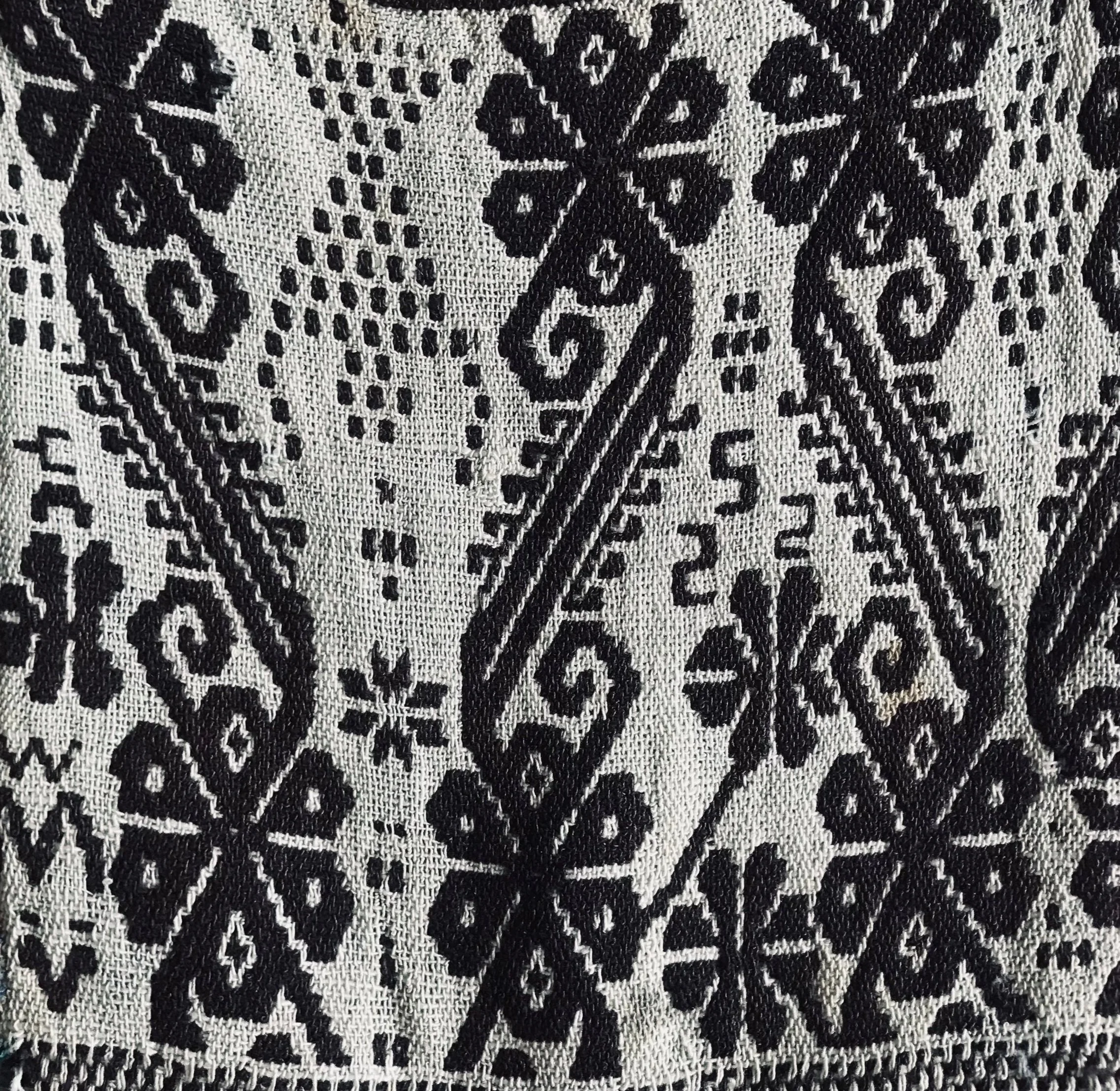Lines of inquiry, curiosities and inspirations
where magic meets science

Blog post #7, August 2023, dawn hymn - prototype

Blog post #6, July 2023, THE RED SHOES
“Those afflicted with choreomania were to wear red shoes sprinkled with holy water and crosses painted on the tops and soles”

Blog post #5, July 2023, Flamenco Recital at 6th st Community Garden, NYC 2009
Song: Romance Del Amargo - Camaron De La Isla

Blog post #4, July 27th, Anti-Hysteria Hit “Innovative UMP produces anti-Hysteria kit”
The mystery of screaming school girls in Malaysia. Girls felt haunted by a dark evil figure, the hysteria spread. Screaming, twitching and hyperventilating, falling to the ground, shaking fits, nausea. With no plausible organic cause, authorities came up with a “Anti-Hysteria kit”
….“‘In fact, every research finding needed to have tangible features and was evidence-based,” he added.“The anti-hysteria kit developed is a product with big commercial potentials as the status is shariah-compliant. It is free from any metaphysical matters, superstition or irrational belief.’ The question behind the problem of hysteria and trance needs to be explored in a scientific manner in a bid to find the solution.’”
“The society needs to be enlightened based on actual data in solving cases related to hysteria and trance as reported in the media”
"There's no denying that mass hysteria is an overwhelmingly female phenomenon," says Mr Bartholomew. "It's the one constant in the [academic] literature."
https://community.ump.edu.my/ecommstaff/includes/viewNewsToPublic.jsp?ref=17909
https://www.bbc.com/news/world-asia-48850490

Blog Post #3, July 2023 - The Convulsionaries of Saint-Médard
In the 1730s in Paris St. Medard’s relics began spontaneously performing miraculous cures which led to his gravesite being converted into a circus of performance.
The people cured, who were previously paralyzed- jumped into physical prowess performing contortions and convulsions.
They “bounded from the ground, like fish out of water. Some spun around on their feet with incredible rapidity. Others ran their heads against walls, or curved their bodies so that their heads touched their feet”.
It was medical theater.
A choreography of pain and cure.
Engravings of the times featured “before and after” images of those patients lucky enough to be cured. These were public displays of religious autonomy that challenged the disciplinary sphere of church and state. They were collective expressions of pious enthusiasm and illustrated people taking religion into their own hands.
Where does anecdote, and fact turn into magic and mysticism?
What creates that delineation?
Before and after engraving, 18th century, anonymous

In early Christianity dancing was a common part of ritual worship. However, the practice slowly declined and was officially outlawed in many European parishes during the middle ages. Thus, dancing was forced to retreat into the private sphere or reserved for secular/profane festivities. By the 14th century, dancing became associated with “bawdy, insalubrious, activities, steeped in sexual mischief”. This general trend of disdain for dance is illustrated in the Tale of Kölbigk. Christmas eve, 1021, Kolbigk, Saxony, eighteen men and women disrupted a Christmas service by joining hands and dancing despite the priest's entreaties to stop them. The priest inflicted a curse upon them as a punishment from God for their sacreligious behavior. They would be forced to sing and dance for a year without stopping. When the curse was finally lifted, the dancers were knee deep in the earth. After a year of dancing nonstop, they finally collapsed as if dead. They fell into a deep sleep for three days, four of them died, and the rest complained of tremors in their limbs for the rest of their lives. This legend was harkened back to as a warning. The dancers were insubordinate because they challenged the authorities' new placid mode of worship. Authorities dictate the “correct” mode of worship and dancing was no longer sanctioned as a way to connect with God. The act of dancing ebbs and flows in and out of favor within devotional and sacred practice.
Lack of control could lead to mass hysteria, as the Strausburg outbreak of 1518 exemplified. Still unexplained to this day, up to 400 victims took to the street with uncontrollable dancing. Authorities could not quell the dancer’s, physicians advised that the dancers should “dance it out”. So musicians were deployed and special dancing halls set up, when this did not seem to work, they took to more extreme measures. Those afflicted were to wear red shoes sprinkled with holy water and crosses painted on the tops and soles ( possible inspiration for Hans Christian Andersen’s fairytale The Red Shoes) and ordered them to go dance at the Shrine of St Vitus. For months during the summer of 1518 bewitched “victims would start dancing and simply not stop. Except for brief periods of fitful sleep and modest nourishment, until complete exhaustion set it, or death”. The dancers were described as superhuman who involuntarily performed Bachannatic leaps and foamed at the mouth. They formed circles hand in hand “appeared to have lost all control over their senses”. Some of the dancers claimed they “neither saw nor heard” and were haunted by visions of “spirits whose names they shrieked out”. Some of them asserted that it felt as if “they had been immersed in a stream of blood”. Others claimed to have seen “the heavens open and the Saviour enthroned with the Virgin Mary”. They “fell to the ground senseless, panting and laboring for breath...and then suddenly springing up began their dance amidst strange contortions”. The veracity of these descriptions is doubtful, if not slight exaggeration, but the mystery of it all persists. This outbreak of choreomania and the tale of Kölbigk illustrate the power of dance. To create disorder with the body, is to create chaos in society. When the body is not being used in sanctioned ways of worship or conducting oneself as a productive member of society, the very fabric of that society is threatened. And so these corporeal transgressions must be punished, and the story must be remembered.
Sources:
Gotman, Kelina. Choreomania; Dance and Disorder. Oxford University Press, 2018
Kinney, Troy. The Dance: Its Place in Art and Life. Project Gutenberg, 1914.
Blog post #2, June 2023- The Tale of Kölbigk- Dancing in medieval Europe
In 1682, Jesuit Father Menestrier of France wrote that “divine service was composed of psalms, hymns and canticles, because men sang and danced the praises of God…The place in which these acts of worship were offered to God was called the choir” He went on further to ask, “What could be more blessed than to imitate on earth the rhythm of angels?”. In Spain, Villancicos de Navidad and Seises are celebratory dances for Christmas time. The body and flesh are highly contested grounds, and dance and music has the power to excite the emotions in mysterious and sometimes uncontrollable ways. It comes down to control, and needing to have control over a populace, and therefore their bodies.

Blog post #1 , February 2022 - The Dancing Brides of Saint Paul
Notes on "Healing the Spider's Bite: "Ballad Therapy" and Tarantismo", Luisa Del Giudice, 2003
Tarantism was a hysterical behaviour that occurred in Southern Italy. It was believed that the dancers were bitten by a tarantula and then had the burning urge to fervently dance for hours until finally collapsing on the to floor. What part of these accounts were folktales? Which parts of them were real? Can we locate where folktales turn into reality? Can scientific thought and magical thinking exist and be true simultaneously?
What is the psychology behind mass hysteria? How can we explain trance and possession? Is there a therapeutic element ?
A spider, snake, or scorpion's venom
women were bitten during summer harvest, under the hottest sun of the day
in situations of forbidden or unrequited love, unhappily married women, problematic sexuality, depression or anxiety.
When the spider bit its victim, it would emit a certain melody
and transfer this melody to its victim
emergency therapeutic dancing ensued to cure (especially) peasant women of the mythical spider bite
annually affected - remorse and rebitten
musical diagnosis found the correct rhythm
the spider is "awakened" and dances to its death
The Tarantata and her possessor became close, the spider even receiving a pet name, had its specific personality and could only be aroused by a specific rhythm
she might tear an object of a specific color to shreds
when a spider died, sometimes the daughter or granddaughter spider would take over the hosts body. Some women danced for over thirty years.
The spider seems constantly interchangeable with Saint Paul, as the outbreaks of tarantism would often occur around the Feasts of Saint Paul and Peter on June 29th. These women were the dancing brides of Saint Paul.
One cries, dances, vomits, trembles, laughs, pales, faints, and one will suffer great pain, and finally after a few days, if unaided, you die. Sweat and antidotes relieve the sick, but the sovereign and the only remedy is Music.
Tarantismo is just one example of disorganized bodies acting out against societally sanctioned gesture. Multiple theories for these women’s inappropriate writhing include scientific ones ( sweating out a spider bite’s toxins) as well as magical ones. The Tarantella, an Italian folk dance that uses a tambourine, is mysteriously linked to the Tarantismo phenomena.
sources: "Healing the Spider's Bite: "Ballad Therapy" and Tarantismo", Luisa Del Giudice, 2003.
















